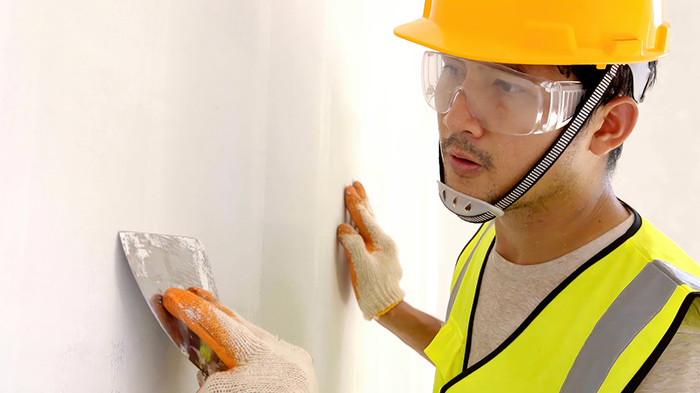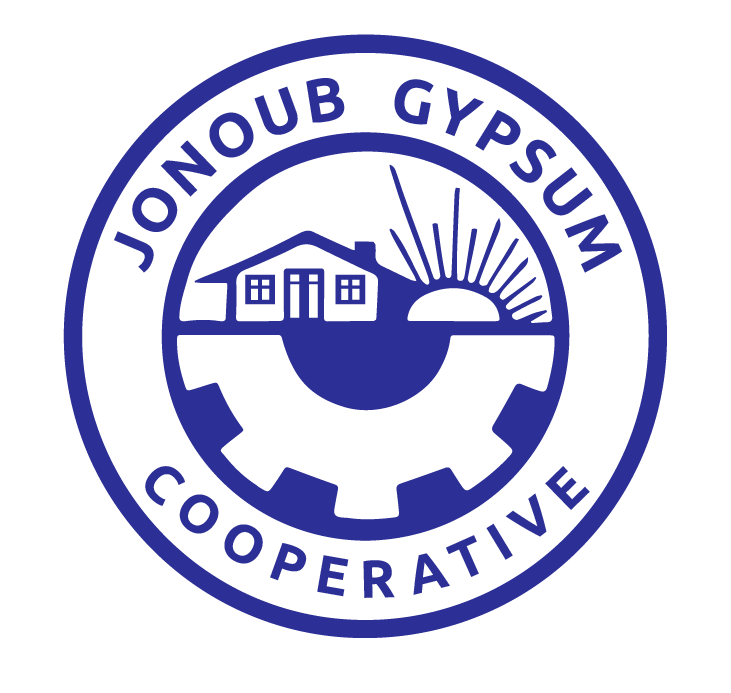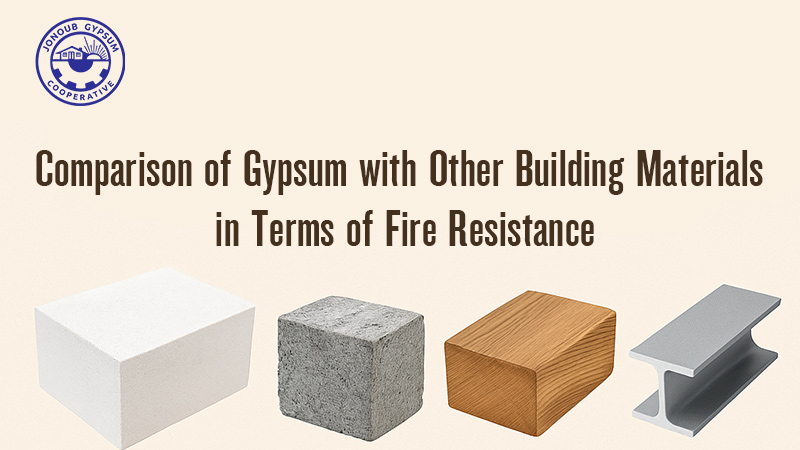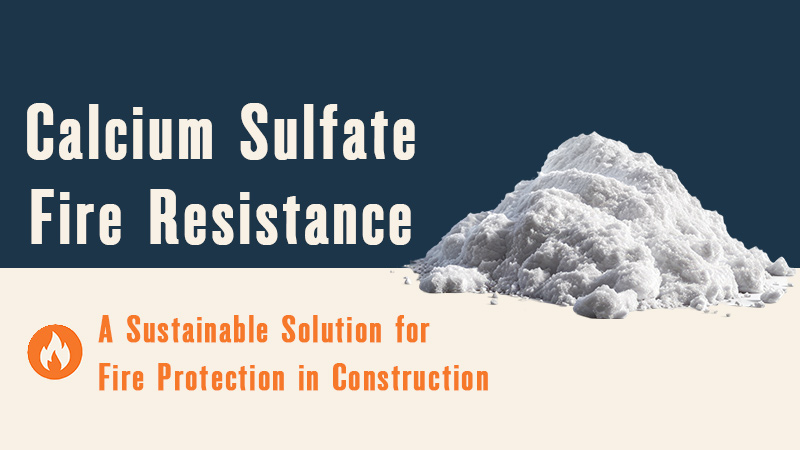
Advantages of Gypsum Plaster
In the modern construction industry, time is money. Developers and contractors are constantly under pressure to deliver projects faster—without compromising on quality or increasing costs. One material that has become a game-changer in this environment is gypsum plaster. Known for its quick application, smooth finish, and energy efficiency, gypsum plaster offers significant commercial advantages for companies aiming to complete fast-track construction projects efficiently and profitably.
In this article, we’ll explore why gypsum plaster has become a go-to solution for modern builders and how it can make a measurable difference in time, labor, and long-term costs.
Faster Application, Faster Turnover
One of the most critical advantages of gypsum plaster is its quick setting time. Unlike traditional cement plaster, which can take several days to dry between layers, gypsum plaster dries within hours, allowing for painting and finishing to start the next day. This dramatically speeds up the entire construction timeline.
In fast-track projects—like hotels, hospitals, and high-rise buildings—every day counts. By reducing the time needed for wall and ceiling finishes, contractors can deliver finished interiors more rapidly. This leads to faster handovers, reduced overhead costs, and earlier occupancy, which directly translates to higher profits.
No Curing Required: Save Water and Time
Unlike cement plaster, which requires 7–10 days of water curing, gypsum plaster needs no curing at all. This is not only a huge time-saver but also significantly reduces water consumption on-site—a major benefit in areas facing water shortages.
The elimination of curing steps also simplifies scheduling. Labor teams don’t need to return multiple times for water spraying, and there’s no risk of cracks due to improper curing. The process is smoother, more efficient, and more predictable.
Smooth Finish That Cuts Additional Costs
Gypsum plaster naturally provides a smooth, paint-ready finish. This eliminates the need for putty or additional skim coats in most cases, helping you reduce material and labor costs further down the line.
For commercial developers, this is a major win. When dealing with hundreds of rooms or large wall areas, even small savings on finishing materials and time can result in substantial cost reductions.
Lightweight, Yet Durable

One of the lesser-known but vital benefits of gypsum plaster is its light weight compared to traditional sand-cement mixtures. This reduces the overall dead load on a building’s structure, especially important in high-rise projects. A lighter load means you can save on structural elements like beams, columns, and foundations—which directly lowers construction costs.
Despite being lightweight, gypsum plaster is highly durable. It doesn’t shrink, crack, or warp under normal conditions. It also holds paint exceptionally well, contributing to long-term aesthetic value and lower maintenance costs for building owners.
Cleaner and Safer Construction Sites
Gypsum plaster is typically supplied in pre-mixed bags, which means less on-site mixing, less waste, and cleaner workspaces. In fast-paced commercial environments where multiple teams are working simultaneously, a cleaner and more organized site contributes to better productivity and safety.
Additionally, fewer materials to mix and transport reduces site congestion—making it easier to meet deadlines in crowded urban projects where space is limited and time is tight.
Energy Efficiency and Fire Resistance
Beyond speed and cost, gypsum plaster provides long-term value through its excellent thermal insulation and fire resistance. It helps keep indoor temperatures stable, reducing the load on air conditioning systems. In commercial buildings such as offices or retail spaces, this means lower energy bills and improved comfort for occupants.
More importantly, gypsum plaster offers inherent fire resistance, helping buildings meet safety codes without extra fireproofing layers. This not only ensures compliance but also saves on additional materials and labor—making gypsum plaster a smart choice for commercial applications.
Ideal for Drywall and Modular Systems
As the construction industry moves toward drywall systems and modular construction, gypsum plaster fits perfectly into the picture. It bonds well with gypsum boards and prefabricated components, ensuring compatibility and seamless integration. Its adaptability makes it an ideal material for interior contractors working on modern, flexible building systems.
This synergy with dry construction techniques also reduces overall build time—a priority in commercial developments where return on investment depends on early launch and occupancy.
Environmentally Friendly and Sustainable
Sustainability is no longer optional in today’s market. Investors and stakeholders increasingly prefer materials that offer environmental benefits. Gypsum plaster is a natural, non-toxic material that emits very low levels of VOCs (volatile organic compounds), creating a healthier indoor environment.
Additionally, gypsum is 100% recyclable, making it a greener choice over cement-based options. For builders aiming for LEED, WELL, or other green building certifications, gypsum plaster can contribute to achieving these targets without adding significant costs.
Feature
|
Gypsum plaster |
Cement plaster |
Drying Time
|
24–72 hours (paint-ready) |
7–10 days (curing required) |
Curing Requirement
|
❌ Not Required |
✅ Yes – Daily water curing needed |
Labor Cost
|
Lower (faster, easier application)
|
Higher (longer time, multiple stages) |
Surface Finish
|
Smooth, paint-ready without putty
|
Rough – Needs putty/skim coat |
Material Waste
|
Minimal (pre-mixed, controlled use)
|
Higher (manual mixing, excess on-site) |
Structural Load
|
Lightweight – Less dead load |
Heavier – Adds more weight to structure |
Fire Resistance
|
Excellent – Naturally fire-resistant
|
Moderate – Needs additional treatment |
Thermal Insulation
|
Good – Helps reduce energy usage
|
Average – Limited insulation |
Environmental Impact
|
Eco-friendly – Recyclable, low VOC
|
Higher carbon footprint |
Ideal For
|
Fast-track, interior, commercial projects
|
General plastering, exterior & wet areas |
Conclusion: A Smart Business Decision
In a competitive construction landscape where every hour and every dollar matters, gypsum plaster delivers a clear commercial advantage. It speeds up project timelines, reduces labor and material costs, lowers energy usage, and supports sustainable building practices.
For companies looking to stay ahead in fast-track construction, gypsum plaster isn’t just a building material—it’s a strategic investment in efficiency, performance, and long-term value.






